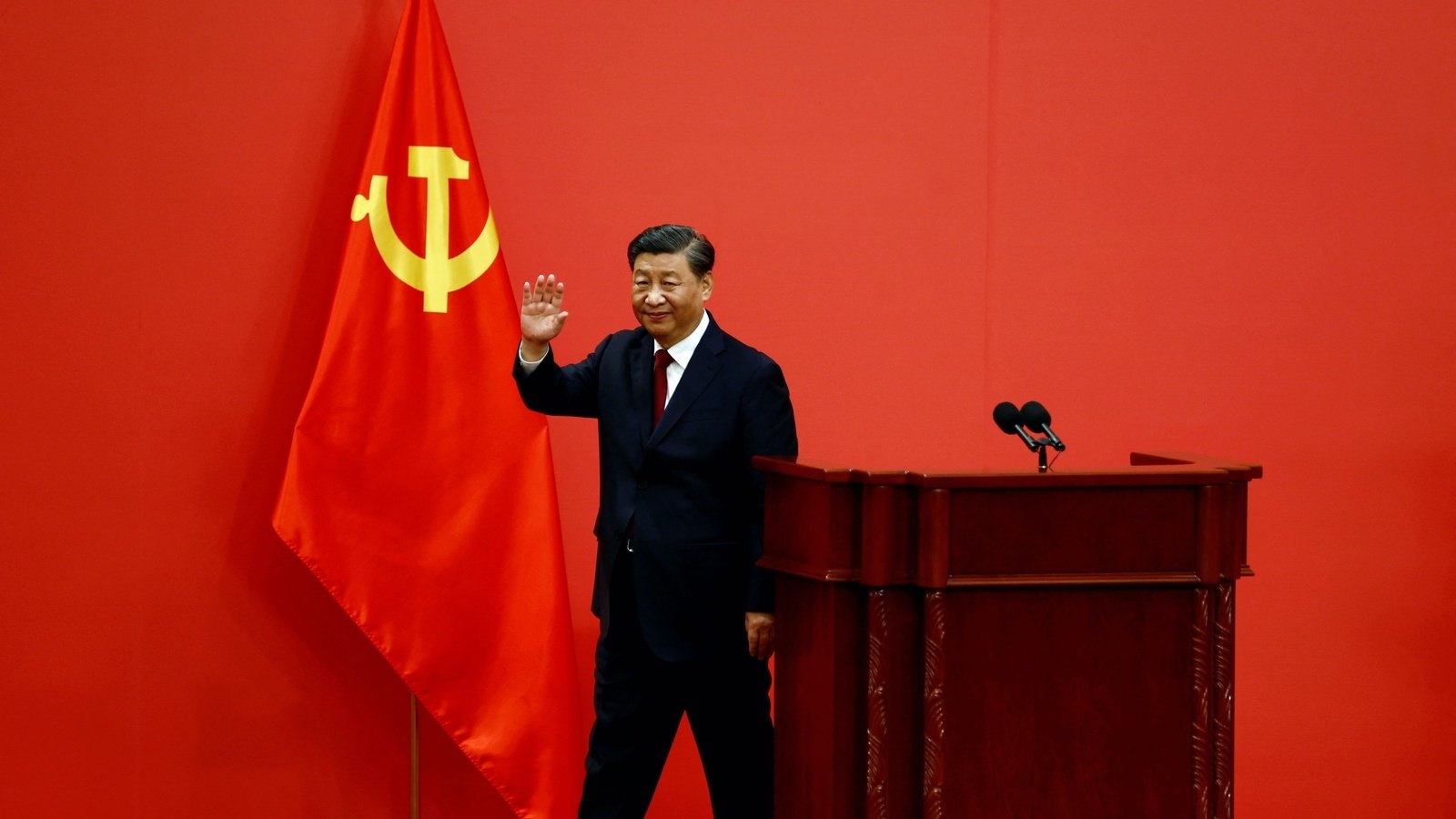Massive loans from China have plunged Laos, one of Beijing’s closest allies in Asia, into a major debt crisis, sparking concerns about the country’s future.
Following Laos’s recent disclosure that its foreign obligations have almost doubled and that it needs more delays to avoid default, China said that it is assisting its neighbor in reducing its enormous debt load, Bloomberg reported.
China “Conquers” Europe Without Firing A Shot; Exports Reach A Whopping $380B Since 2011 Via BRI
In a written response to inquiries earlier this week, a spokesman for China’s Ministry of Foreign Affairs stated that Beijing has engaged in “mutually beneficial cooperation” with developing nations, such as Laos, which entails considerable support for social and economic development.
The spokesperson also stated, “At the same time, it has been doing its best to help relevant countries alleviate their debt burden.”
The Chinese statement appears to be firefighting a situation it may have only created. With over half of Laos’s $10.5 billion in external government debt, China is by far the country’s largest creditor. The tiny country’s entire public and publicly-guaranteed debt at the end of the previous year was $13.8 billion, or a whopping 108% of its GDP.
Laos deferred US$670 million in principal and interest payments due to its US$950 million in external debt obligations made last year. According to previous statements from the World Bank, these actions have offered brief respite in recent times.
The majority of Laos’ state debt is attributed to infrastructure deals made under China’s Belt and Road Initiative (BRI). Troubles continue to mount for Laos as its foreign reserves have been reduced due to borrowing billions from President Xi Jinping’s government to fund roadways, trains, and hydroelectric dams under China’s Belt and Road Initiative (BRI).
The Communist-run Laos started making headlines after it constricted and inaugurated a high-speed train route with China at a cost of almost US$6 billion. Although many view this development as the beginning of a massive infrastructure push that would immediately link Southeast Asia with the world’s second-largest economy, it has also caused a debt crisis.
In addition to a currency crisis, rising food and fuel costs worldwide have also contributed to the Laotian kip’s record low value against the US dollar, which has resulted in skyrocketing inflation. If the current economic crisis gets out of hand, there is widespread anxiety within the country that it could witness an economic collapse.
The government has enacted several stability measures to arrest the crisis, including raising interest rates, issuing bonds, and developing debt management strategies in collaboration with the Asian Development Bank. Additionally, this has resulted in lower spending on necessities like healthcare and education, which may not augur well for the people in the long term.
Experts believe that China’s statement about helping Laos ease its debt burden may be true, given that Laos is one of the few countries where the BRI has proved to be a success story. It has been projected as a “successful model” for other countries to emulate. According to Beijing’s plan, the railway is intended to connect Laos with Thailand before extending to Malaysia and Singapore.
While China and Laos have forged close diplomatic, economic, and military ties, the latter has essentially gobbled up the former—quite literally. Last year, the AidData research lab at William & Mary, which tracks China’s lending, calculated Laos’s total debt to China over 18 years.
China “Conquers” Europe Without Firing A Shot; Exports Reach A Whopping $380B Since 2011 Via BRI
Brad Parks, AidData’s executive director, said, “There is no country in the world with a higher amount of debt exposure to China than Laos. It is a very, very extreme example…Laos went on a borrowing spree and got in over its head.”
As Laos plunges deeper into the debt-induced economic crisis, attention has once again shifted to what has been labeled as “debt trap diplomacy” by China’s Western critics.
Although China has an incentive to help the surging debt crisis in Laos and likely even forgive debt, concerns persist that other countries are reeling under debt secured from China and may also ask for similar concessions. Beijing has lent about $1 trillion to developing countries — a huge sum that has drastically changed China’s global standing.

China’s Debt Trapping
China is known for being the most generous lender in the world, offering credit more readily than other countries. However, it is also known as the harshest lender. Its lending has often come with a cost: a dozen developing nations are in danger of experiencing economic instability or possible collapse.
An Associated Press investigation conducted last year, which covered the 12 states most indebted to China, which include Pakistan, Kenya, Zambia, Laos, and Mongolia, revealed that the amount of tax money required to pay for gasoline and food, keep schools open, and provide electricity was increasing steadily to repay the debt. Additionally, it is depleting the foreign exchange reserves that these nations rely on to cover the interest on those loans.
A case in point is the crisis that took place in Sri Lanka. In 2022, when its foreign reserves began to decline, Sri Lanka had its first-ever default. The South Asian country announced last month that it had finalized restructuring deals totaling US$10 billion, including with China’s Exim Bank and an Official Creditor Committee of bilateral lenders.
The AP report noted China’s reluctance to forgive debts and the lack of transparency surrounding the amount and conditions of loans has prevented these countries from receiving financial assistance from other nations. This, analysts reckon, often leaves these indebted states with few options.
There have also been allegations that China has devised a nasty strategy to coerce these borrowers into paying the debt back. According to reports, the borrowers are forced to deposit money into covert escrow accounts, prioritizing China’s payment over other creditors. EurAsian Times, however, could not verify these claims.
Over the years, critics have alleged that China uses debt instruments to’ debt trap’ vulnerable countries that need credit at reduced restrictions. If the country cannot repay the loan, critics allege that Beijing coerces it into turning over key infrastructure assets that may aid Beijing’s geopolitical ambition and help China build a permanent presence in the entrapped nation.
This was especially emphasized when China secured the ownership of Sri Lanka’s Hambantota Port.
China, however, continues to refuse these claims as anti-Chinese propaganda peddled by the West. Some analysts have even said that this was a neocolonial policy of Chinese President Xi Jinping.
According to reports, human rights organizations and activists claim that Laos has had to make concessions, including to its sovereignty, to please Beijing and secure financial assistance.
As a trade-off for not having to repay loans, observers say China now has some control over the Laotian electricity infrastructure. Chinese security forces and police can now operate in the nation and provide security for the new rail line.
However, if the Chinese assertions are anything to go by, the country is working to ease Laos’s debt crisis. In a recent written communication, a spokesman for China’s Foreign Ministry denied the claim of “debt-trap diplomacy,” characterizing it as US rhetoric meant to sabotage Beijing’s collaboration with developing nations.
“It cannot deceive the majority of developing countries,” the spokesperson said in the written reply.
- Contact the author at sakshi.tiwari9555 (at) gmail.com
- Follow EurAsian Times on Google News




